Customs points face congestion as goods flood in for Dashain
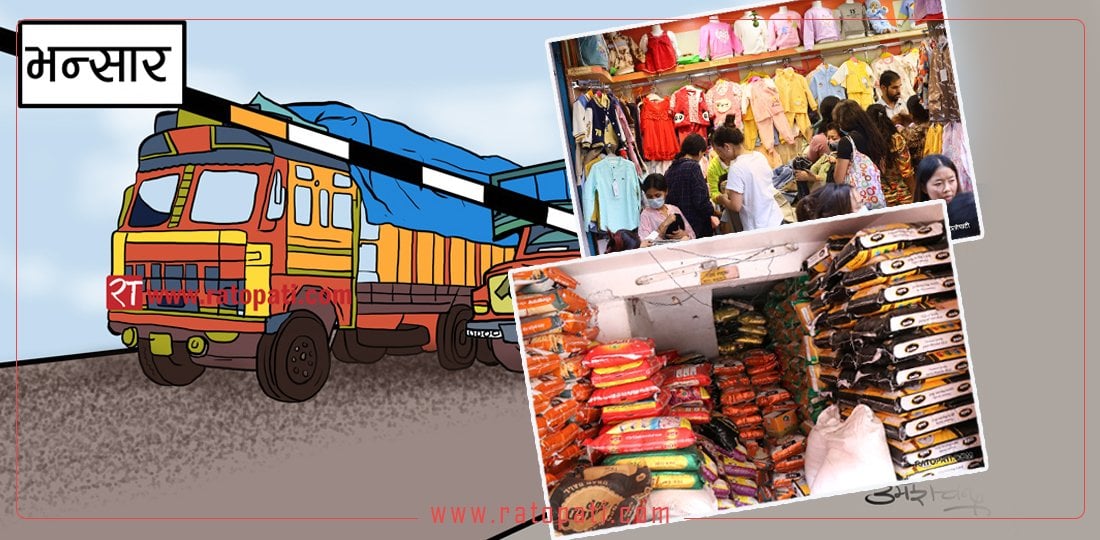
Kathmandu, September 19 — As the major festival of Dashain approaches, activity in the markets of Nepal has started to increase. Wholesalers have ramped up their imports, and domestic production of goods has also intensified.
However, business owners indicate that this year's festival items will be somewhat more expensive. They state that imports have led to a 5–10 percent increase in prices across various goods. Umesh Lakhe, General Secretary of the Nepal Textile Industry Association (NTIA), noted, “The price of a typical saree has risen by 100 rupees upon import, which could translate to at least a 5 percent increase in the retail market.”
With Dashain approaching, businesses outside the valley have increased orders for wholesale goods from cities like Kathmandu. Wholesalers expect to continue placing orders until about 8 to 10 days before Dashain. Following that, consumer traffic in retail stores is anticipated to rise, with the highest demand expected during the week after Ghatasthapana.
Increased traffic at customs points
As demand in the market rises due to Dashain, congestion at customs points has increased. The influx of goods being imported from both India and China has significantly risen, targeting the festival.
According to the Rasuwagadhi Customs Office, since September 1, more than 50 trucks and containers have been checked and entered Nepal daily. Previously, only 12 to 15 trucks and containers were entering each day. Approximately 400 vehicles are currently lined up at the customs for clearance. Rabi Prasad Pyakurel, the customs director, noted that the surge in vehicle traffic has caused delays in processing. He explained, “Since September, Nepali traders have increased imports from China, leading to delays in clearance.”
Electrical goods, clothing, household items, and fruits are commonly imported from China. In recent years, the import of electric vehicles from China has also been notable. The market for electric vehicles in Nepal has seen a significant Chinese monopoly, with daily imports now reaching 30 to 40 electric vehicles.
In Nepali month of Shrawan (June-July) alone, Nepal imported goods worth 24.54 billion rupees from China, while exports to the Chinese market were valued at 157.6 million rupees during the same period. In comparison, imports from India amounted to 77.68 billion rupees, with exports worth 7.57 billion rupees.
In major border points linked to India, such as Bhairahawa, Biratnagar, Birgunj, and Nepalgunj, vehicle traffic has also surged. During the same period, imports from Bhairahawa reached 20.68 billion rupees, while Birgunj and Nepalgunj saw imports of 41.51 billion and 5.59 billion rupees, respectively.
From the Tatopani border with China, goods worth 4.03 billion rupees and from the Rasuwagadhi border, goods valued at 4.64 billion rupees were imported. Thus, the majority of goods are brought into Nepal via land routes, with sea transport utilizing the ports of Visakhapatnam and Kolkata in India.
Additionally, air transport also brings in goods from China and other third countries. In Shrawan (June-July), the Tribhuvan International Customs Office reported imports valued at 10.93 billion rupees. The customs department anticipates that during the festival months in September and October, the data from all customs points will increase by around 30 percent compared to this.
With Dashain approaching, many goods have already arrived, and more are on the way. Wholesalers indicate that items targeted for Dashain will continue to be imported until September end. Ramhari Karki, president of the Himalayan Cross-Border Traders Association, mentioned that the highest demand during Dashain is for clothing and food items.
“About 60 percent of the annual trade occurs in the months of October and November,” he said. “The demand for clothing and food items peaks during Dashain, while gold and silver, as well as electrical and household goods, see increased demand during Tihar.”
Market activity not yet back to pre-COVID levels
Rajesh Kumar Agarwal, chair of the Industry Committee under the Nepal Chamber of Commerce, stated that based on the current demand from wholesalers, the market has not yet returned to pre-COVID levels.
“Before COVID, wholesale orders would start coming in a month prior to Dashain. Now, we have not even reached 50 percent of that,” he remarked. “There are signs that this year may see an increase compared to the last one or two years, but it is unlikely to return to pre-COVID levels.”
Karki also noted that although the number of imported goods has increased for Dashain, the demand is not at the same level as in previous years. “Naturally, demand increases during festivals like Dashain and Tihar. However, it is still about 15–20 percent lower than before COVID,” he explained.
Several factors contribute to the subdued demand during the festival season, according to business owners. Agarwal cited youth migration and the poor condition of roads connecting major cities in the country as challenges for businesses. Travel that used to take one day is now taking two to three days due to road conditions. As a result, some business owners have started to travel to India themselves to import goods. Traders in cities near the Mahendra Highway find it easier to source goods from Indian markets rather than Kathmandu due to these road issues.


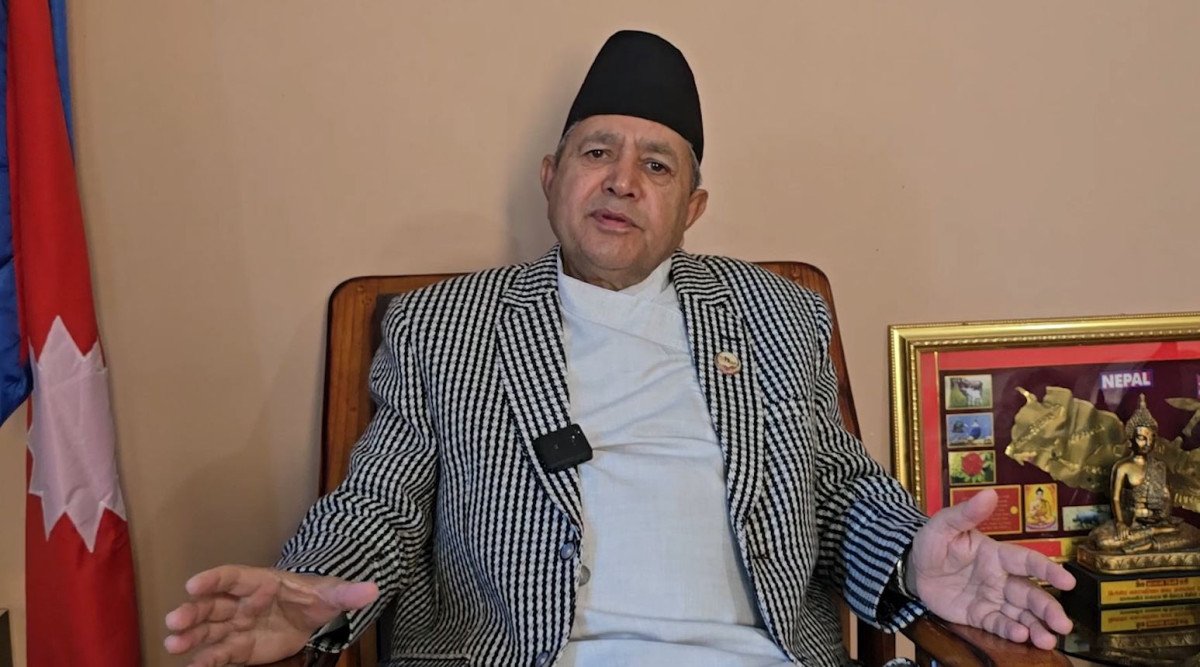
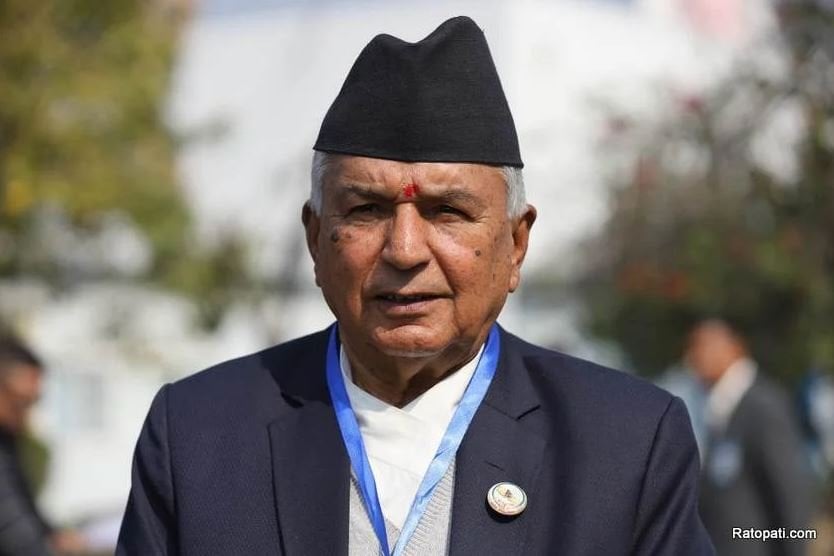


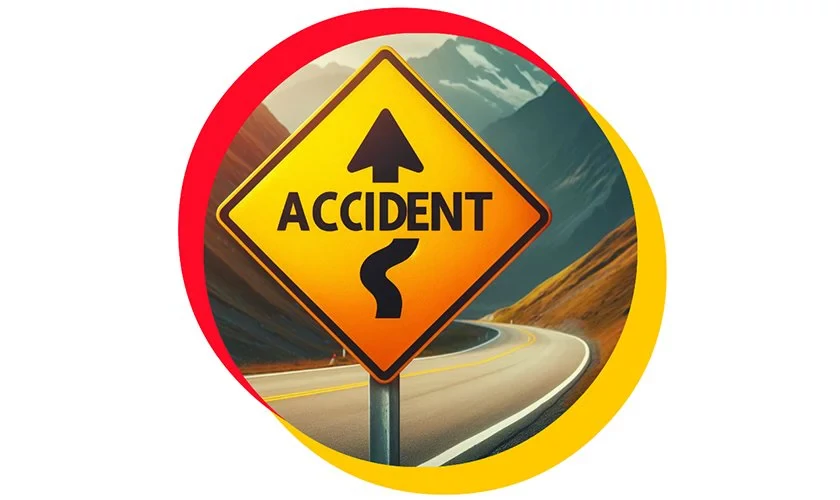

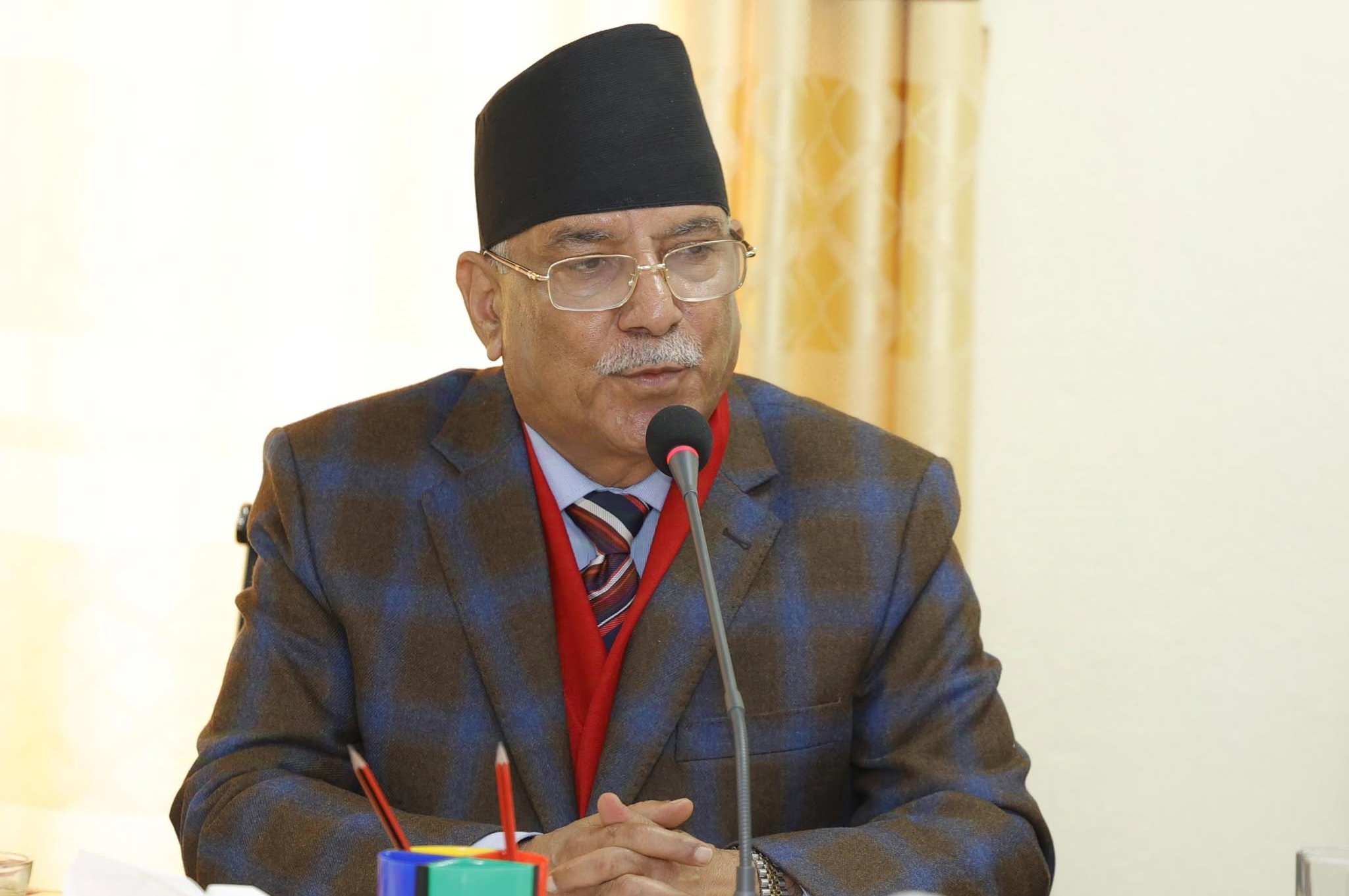
Leave Comment